Australia’s top young health, medical researchers revealed
Finding a cure for cancer and preventing childhood obesity are just some of goals Australia’s top young scientists have. Take a look at the top 20 under 40.
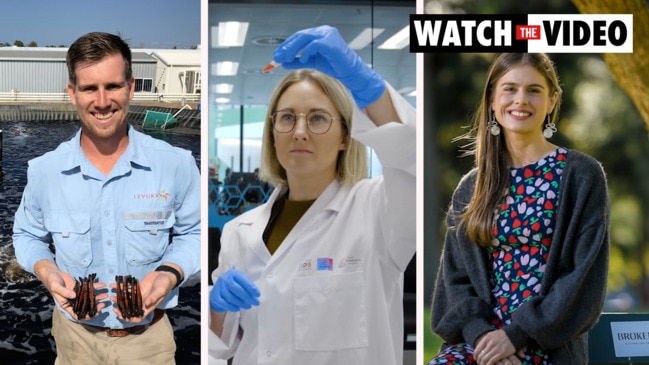
National
Don't miss out on the headlines from National. Followed categories will be added to My News.
If Covid-19 has taught us anything, it is the importance of science.
For more than two years, the world’s leading health experts, government bodies and medical manufactures successfully rallied together to develop vaccines — many which in ordinary circumstances would take more than a decade to produce, if at all — to keep us safe.
As we emerge from the dark tunnel that has been the pandemic, what does the future hold for scientists and medical researchers? Will their discoveries and advice continue to captivate?
Science and Technology Australia director Misha Schubert hopes so, citing climate change, antimicrobial resistance and preparing for a future pandemic as the next frontiers.
“The biggest, most urgent, existential challenge is climate change. We have a critical window until 2030 to solve that challenge for the world and our own country,” she said.
“We are already starting to see the long forecast surge in really terrifying extreme weather events. Mega fires, floods, cyclones and droughts will only get more acute until we stop the warming of the planet.”

The other great challenge is medical — antibiotic resistance.
“The original breakthrough by Alexander Fleming to combat infection was a powerful, transformative moment for humanity. People who had quite minor infections and would once have died from an infection from a cut – but with penicillin and antibiotics we could save countless lives from infection,” Ms Schubert said.
“Now we are headed towards a new risk – the point at which antibiotics stop being effective to treat human and animal infections.
“If we lose that weapon to combat infection, it will make minor infections much more risky, make major surgery and cancer treatment really high risk.”
Ms Schubert said she was buoyed by the depth of talent among young and emerging Australian scientists.
News Corp spoke to 20 of them, aged under 40.
Finding a cure for cancer, preventing childhood obesity, trying to understand how our brains work and improving access to fertility treatments are just a handful of their goals.
Here are their inspiring professional tales.
AUSTRALIA’S TOP 20 UNDER 40 RESEARCHERS
QUEENSLAND
Dr Reuben Rideaux, computational neuroscientist at Queensland Brain Institute, The University of Queensland.
A desire to understand how brains work and why people make the decisions they do led Dr Reuben Rideaux to create miniature artificial brains.
The brains do not look like your average pink squishy matter but are actually software-driven neural pathways that can be trained to interpret and respond to signals around them, just as humans do.

Dr Rideaux said the speed at which the artificial brains deliver results is phenomenal.
“Things that take days in a biological system would take seconds [with artificial brains],” he said.
The 33-year-old said his technology gave “complete access” to the brain’s neural networks, which could help experts dealing with conditions such as autism or schizophrenia. In time it could be used for dyslexia or dementia research, and even creating robots.
“I want to understand how the brain works but I also want to understand why the brain fails something – I want to know what underlines brain dysfunction,” Dr Rideaux said.
Dr Christopher McMillan, vaccine researcher, School of Chemistry and Molecular Biosciences, The University of Queensland.
Dr Christopher McMillan was named one of this year’s Advance Queensland Industry Research Fellows, receiving funding to work with biotech firm Vaxxas on needle-free vaccine technology.
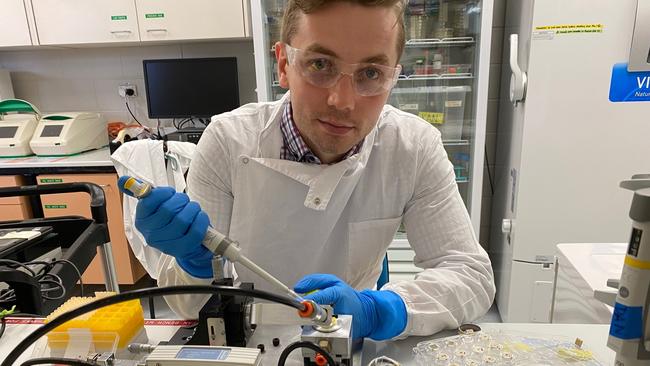
He said this technology could help us to overcome challenges often associated with some vaccines, such as manufacturing time frames, and the need for multiple doses and cold storage. If successful, needle-free vaccines could speed up immunisation rollouts, which would be vital for future pandemics.
The 27-year-old has also done research on a universal flu vaccine — one flu shot that protects people for life.
“The work I did was a promising start and could provide protection against some different [flu] strains … but there is a still a lot of work to be done to achieve this [universal] vaccine,” Dr McMillan said.
Tim Perrin, aquaculture biologist and economist, CSIRO Aquaculture, Brisbane
Tim Perrin is a prawn breeding specialist based at the Bribie Island Research Centre in Queensland’s south east, who is passionate about sustainable protein production.
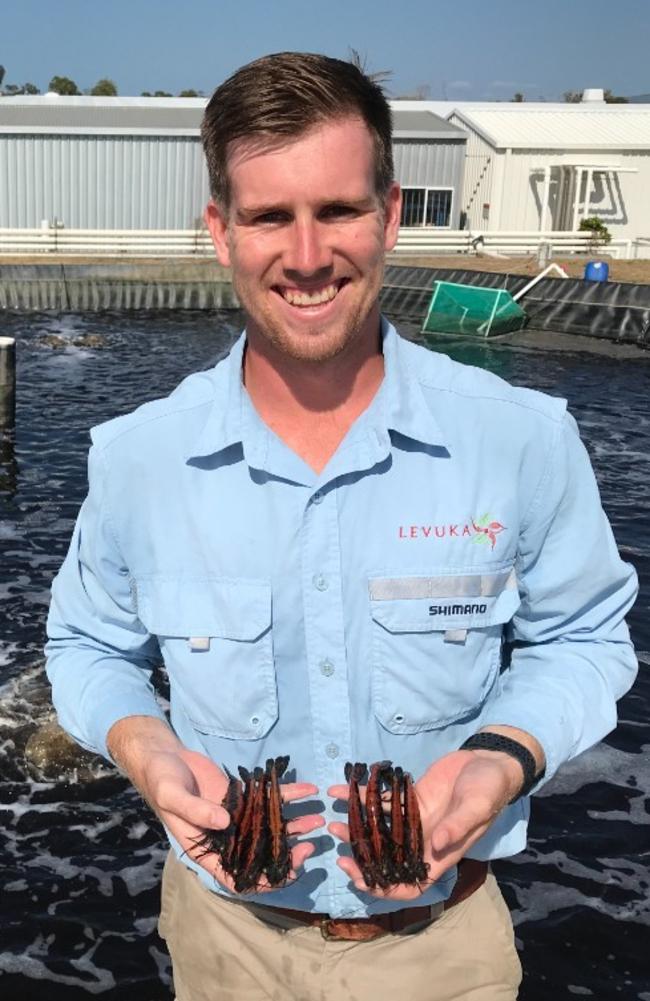
The 25-year-old’s research involves modelling the economics behind intensive prawn production systems in Vietnam, as well as artificial prawn insemination for selective breeding and cultivating food sources for microscopic prawn larvae.
Mr Perrin hopes his research will be used to help Indigenous communities in northern Australia to develop their own sustainable prawn farming industry.
He said the team was working on producing healthier prawn offspring, which grow faster and require less food, energy and water.
NEW SOUTH WALES
Dr Anna Lene Seidler, senior research fellow, University of Sydney
Dr Anne Lene Seidler is wading through massive data sets to better understand premature birth survival rates and childhood obesity.
She has already prompted a change in global guidelines, after discovering delaying clamping the umbilical cord of babies born prematurely by just one minute improved their health and could reduce death by about 30 per cent.

“I really care about having an impact. I want to make a difference,” Dr Seidler said.
The 29-year-old is also looking at the impact of early intervention programs on childhood obesity.
“One in four children are overweight or obese by the time they start school in Australia and that can send them on a lifelong negative health trajectory,” she said.
Meanwhile, Dr Seilder’s analysis of Australia’s Covid response found millions of dollars spent on research that did not lead to improved health outcomes.
Dr Noushin Nasiri, senior lecturer and head of NanoTech Lab, Macquarie University
Imagine a world where skin cancer is a distant memory and people with diabetes never had to prick their finger again.
That is what Dr Noushin Nasiri is hoping to achieve by using nanotechnology to create devices that can improve people’s health – like a breathalyser to detect blood glucose levels and smart wearables that detect UV exposure.

In Australia, skin cancer is the most common type of cancer, accounting for more deaths each year than car crashes. At least two in three Australians will be diagnosed with skin cancer before the age of 70 and more than 90 per cent of skin cancers are caused by UV exposure.
Dr Nasiri is designing a device, similar to a watch, that can connect to people’s smartphones to give them an accurate reading of the UV rating and how long they have been exposed.
The 36-year-old has also developed a breathalyser device that can measure people’s blood glucose levels, similar to how police measure blood alcohol levels. The nanosensors detect the level of acetone in human breath and convert it.
Dr Giovanni Ferreira, postdoctoral researcher, Institute for Musculoskeletal Health, The University of Sydney
Each year, more than four million Australians suffer back pain, and available treatments do not always work.
Dr Giovanni Ferreira, 31, has been awarded a research fellowship from the National Health and Medical Research Council to investigate innovative strategies to improve back pain care.
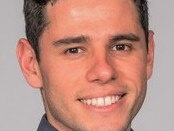
One of Dr Ferreira’s focus areas is investigating whether existing medicines used for other health problems, like antidepressants and steroids, could be repurposed to help those with back pain.
His OASIS trial is looking at repurposing an existing medication, prednisolone, to treat sciatica, which is a severe type of back pain that runs down the back of one leg. Sciatica affects about 400,000 Australians and there is not simple treatments that are effective.
“If OASIS finds oral steroids to be effective for people with acute sciatica, it will be a breakthrough discovery,” he said.
Zoe Gillett, postdoctoral researcher, Climate Change Research Centre, The University of New South Wales
Dr Zoe Gillett’s research into understanding weather patterns and the climate could help the agricultural industry and food production.
She studies the ozone hole and how changes in the subtropical jet – the fast-moving currents of air above Earth – impacts weather.
The 27-year-old is looking to understand how climate drivers, such as El Nino and La Nina, affect rainfall and can lead to fresh food shortages.
“My research could help to improve rainfall predictions, including extreme rainfall events like floods,” Dr Gillett said.
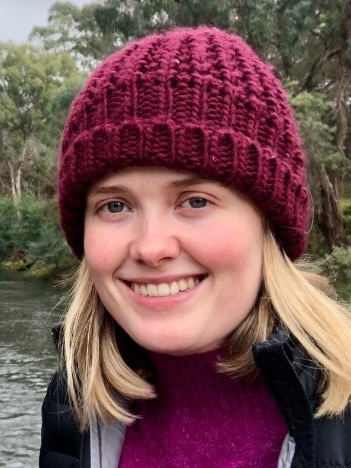
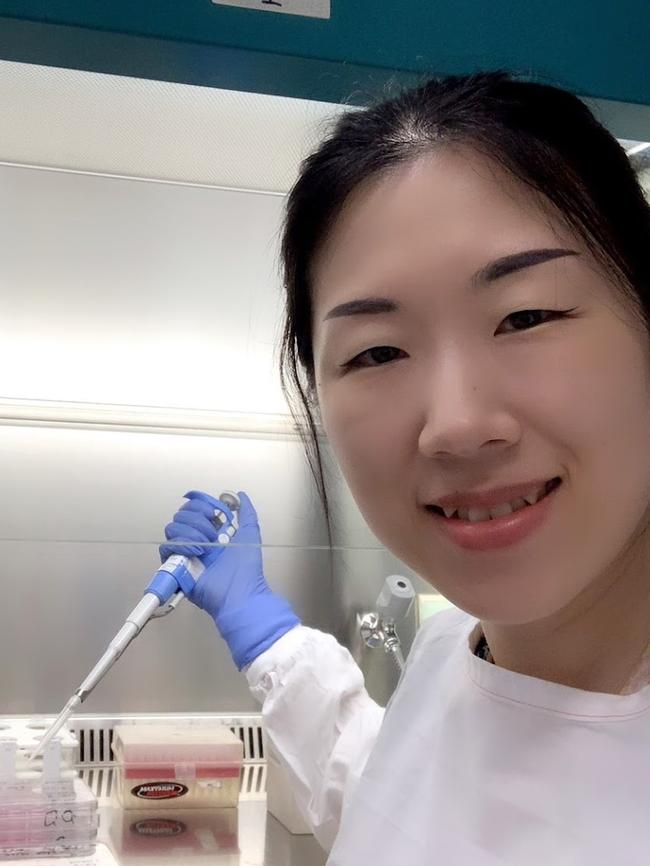
Dr Jiao Jiao Li, biomedical engineer, University of Technology Sydney
Dr Li works in regenerative medicine and hopes for a future where stem cells can be personalised to test major diseases, such as osteoarthritis — a debilitating joint disease affecting hundreds of millions of people worldwide.
The 35-year-old has received a NHMRC fellowship and is also a chief investigator on a $7 million Australian Research Council Training Centre for Innovative Bioengineering.
Last year, she was crowned the Australian winner of the Falling Walls Lab competition, which recognises outstanding talent and innovative thinkers.
Dr Li is working on customised stem-cell derived bioproducts to help repair and regenerate tissues for conditions including osteoarthritis.
Assoc Prof Melody Ding, Sydney School of Public Health, The University of Sydney
Associate Professor Melody Ding is an epidemiologist and population behavioural scientist. She is internationally recognised for her research in physical activity, behavioural epidemiology and chronic disease prevention.
She describes physical activity as a “wonder drug”, for its ability to prevent chronic diseases and improve mental health.

Assoc Prof Ding wants to improve access to foot paths, public transport, parks and playgrounds, so people can be more active.
“It does not mean that everyone should become an athlete. Instead, in means that everyone should have the opportunity and access to physical activity,” she said.
The 37-year-old led the 2016 and 2021 Lancet Series on Physical Activity and Health and has received many awards for her work.
Her studies have informed policies, guidelines and practices on healthy living around the world.
VICTORIA
Dr Molly Johnston, post doctoral researcher and Assistant Professor, Monash University
Access to fertility and reproductive technologies can be a massive hurdle, which Dr Molly Johnston is working to understand and, ultimately, improve.
The 29-year-old found egg-freezing was cost prohibitive for many of women she surveyed – some services charge up to $13,000 a cycle.

“Egg-freezing success relies on the age of the woman. There is greater awareness to freeze earlier but people can’t because they can’t afford to do it,” Dr Johnston said.
Dr Johnston said there were inconsistencies in rebate eligibility.
She is motivated to help those struggling to have a baby through IVF and hopes her research may lead to changes in policy and eligibility criteria, so the process is more consistent and transparent.
Conor McCafferty, haematology researcher, Murdoch Children’s Research Institute
PhD student Conor McCafferty is part of a team that researches bleeding and clotting and why it changes as you age.
He has been investigating coagulation and Covid-19, age-specific responses to anti-platelet medications, such as aspirin, as well as developing novel ways to detect blood clots in children.

One project Mr McCafferty is working on is looking at blood clots in healthy people to better understand why some children have bleeding and clotting disorders. He hopes to use this research to be able to deliver more precise and effective treatments.
The 24-year-old also researched why children with Covid-19 did not get blood clots, when about 25 per cent of adults with the virus did.
“Blood clotting is a complicated system, and if we could pinpoint exactly how the virus triggered clotting and what made children resistant, then we’d hopefully be able to understand and treat Covid clotting in adults,” Mr McCafferty said.
Dr Rowan Page, industrial designer and researcher, Design Health Collab, Monash University
Dr Rowan Page works with researchers and clinicians to create technology to better understand health challenges, such as diabetes and hearing loss.
The 34-year-old has worked with major brands such as Cochlear and more recently Blundstone, where he helped develop shoe sensors that could measure gait and pressure points on feet, to help people with diabetes to identify pressure sores, as well as those with job-related health issues, such as nurses.
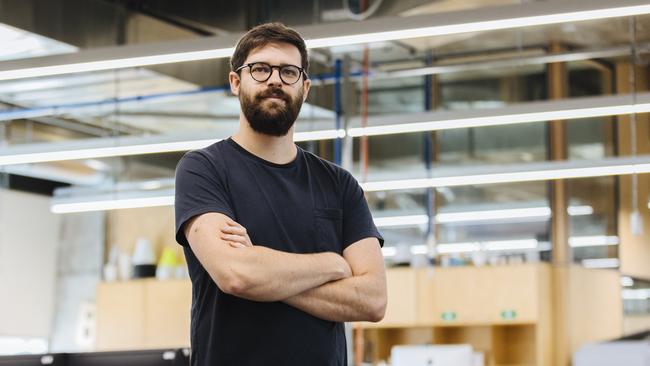
Machine learning was factored in so the sensors could identify what tasks people were doing and how their behaviour changed over time. The technology has also been adapted to create more accurate diagnosis tools for podiatrists.
Dr Page is also working on a light sensor to help people who work night shifts.
“My goal is to help see these things get out of the university and into the hands of people who need them,” he said.
Ritika Saxena, blood cell researcher, Murdoch Children’s Research Institute
PhD student Ritika Saxena is using stem cell research to help kids with blood cancers, which is the most common type of cancer in Australian children.
For some children with blood cancers or bone marrow failure, there are no donor matches to help treat these conditions.
Ms Saxena’s research is trying to produce rare blood stem cells, known as HSCs, that live in the bone marrow and contribute to the entire adult blood system.
“We hope to generate HSCs from a patient‘s own cells, which will eradicate the donor shortage problem and avoid the risk of adverse immune reactions,” Ms Saxena said. “We hope in the future this will be a readily available clinical treatment option.”
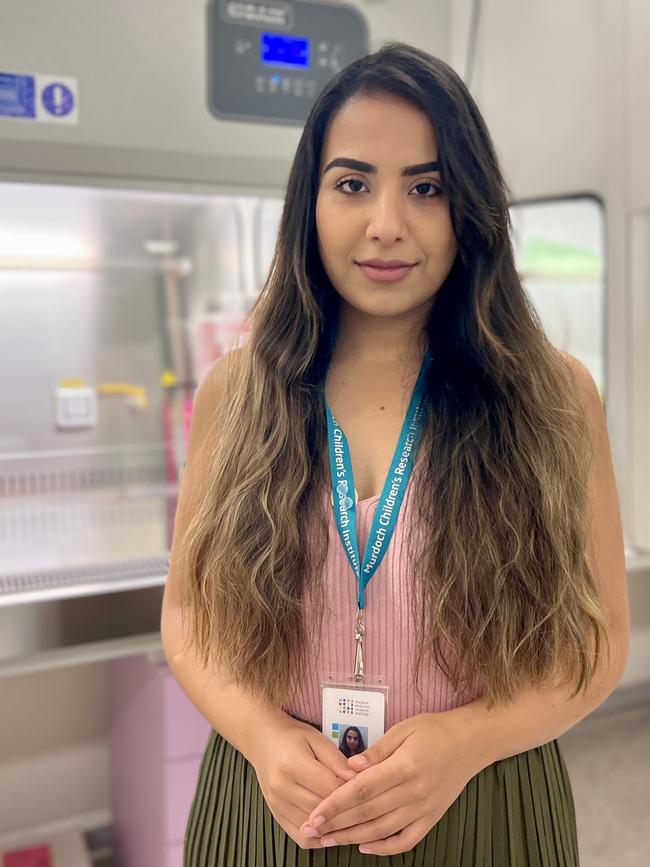
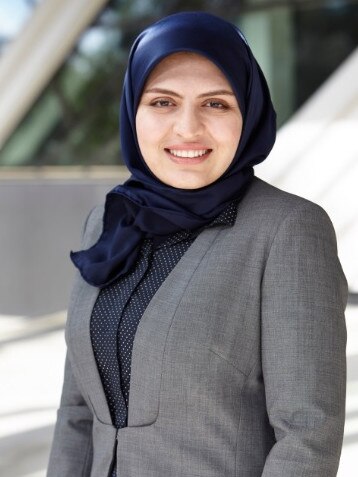
Dr Faezeh Marzbanrad, Head of Biomedical Signal Processing Research Lab, Monash University
As an electrical engineer, Dr Faezeh Marzbanrad, 36, is using her skills in biomedical signal processing, machine learning and statistical data analysis to develop non-invasive foetal heart monitoring techniques for preterm and newborn babies, as part of a $1 million NHMRC grant she recently received.
Dr Marzbanrad wants to make foetal heart monitoring technology simple and affordable, so it can be used by midwives and doctors in developing countries.
Assoc Prof Lauren Ayton, eye researcher, Optometry and Vision Science, The University of Melbourne
Associate Professor Lauren Ayton got into low vision and blindness research because her brothers had eyesight issues – one was born blind and the other had a lazy eye.
“I remember as kid being perplexed by why there were some eye conditions you can treat (lazy eye) compared to others,” the 39-year-old said.
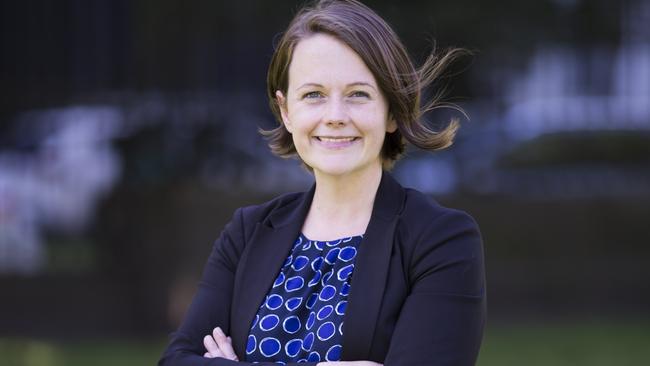
Assoc Prof Ayton is working to find treatments for people who are losing their sight. She has helped with research into the bionic eye, which has successfully given blind people back their eyesight.
More recently she has been involved in finding treatments, such as gene therapy, to prevent people with inherited retinal diseases (IRD) from going blind. The diseases are pretty rare, with about one in every 1500 children born with and IRD.
“[IRDs] are the most common cause of vision loss in Australians of working age. Quite often people go blind in their 30s or 40s,” Assoc Prof Ayton said.
SOUTH AUSTRALIA
Kim Anastasiou, researcher dietitian, CSIRO, Adelaide
Dietitian Kim Anastasiou is passionate about the environment and has set herself a goal of changing Australia’s food production system.
In what is understood to be a world-first, Ms Anastasiou is mapping the environmental impact of each stage of producing ultra processed foods, known as junk food — from farming the ingredients to packaging and transport.
“The consumption of these foods is associated with diabetes, heart disease, bowel cancer and even death,” she said.

The 27-year-old said prioritising production of healthy, sustainable food could have a massive impact on our waterways, climate change and overall health.
“There is this credible opportunity to make a difference … particularly in Australia where we have so many issues with fires and droughts,” Ms Anastasiou said.
“The food system has an incredible capacity to either contribute to climate change or mitigate it, depending on how we act.”
Dr Hannah Wardrill, supportive cancer care researcher, University of Adelaide
Dr Hannah Wardrill is a medical researcher trying to eradicate the physical, emotional and financial burden of cancer for the 1.4 million Australians who live with it. She said one in three reported ongoing issues that affected their daily life and were often unable to return to work or other activities that brought them joy.
“It is so important to understand how they occur and how we can better control side effects during treatment,” Dr Wardrill said.
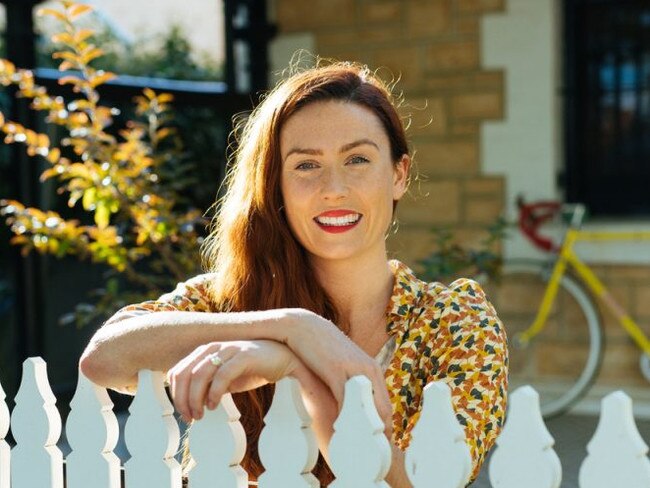
The 32-year-old is looking at how cancer drugs, such as chemotherapy, impact the brain and its protective lining, the immune system and bones.
Dr Wardrill will look at an individual’s genetics, demographics and gut bacteria to try to predetermine how they may respond to treatment.
Clinical trials of poo transplantation are underway to determine how gut bacteria can help cancer treatment outcomes.
REST OF THE COUNTRY
Dr Lila Landowski, neuroscientist, School of Medicine, University of Tasmania
There is only one treatment that helps the 55,000 Aussies who suffer from stroke each year, despite more than 1000 having been proven successful in a petri dish.
Part of the problem lies in the way these drugs are tested, but Dr Lila Landowski is tackling that with a new lab model.
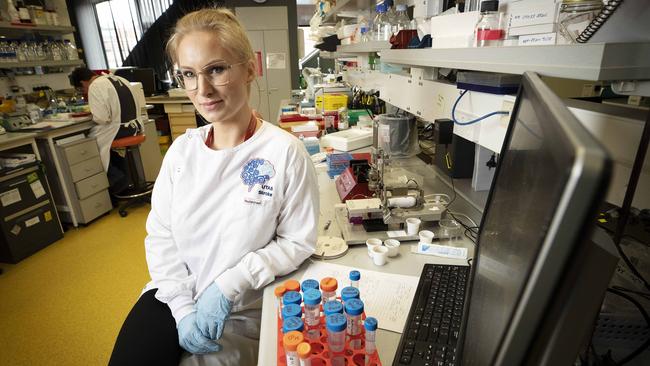
The 35-year-old, who also studies how people develop chronic fatigue, is an award-winning scientist. She was the Premier’s Young Achiever of the Year, a Tasmanian finalist for Young Australian of the Year, plus a Young Tall Poppy.
She is also a Director of Epilepsy Tasmania and Director of Australian Society for Medical Research.
Dr Jessica Buck, neuroscientist and cancer researcher, Telethon Kids Cancer Centre and The University of Western Australia
Dr Jessica Buck is working on finding better treatments for kids with brain cancer.
She is working to find new combinations of drugs that increase the effectiveness of radiotherapy.
Dr Buck was the first Aboriginal Australian woman to graduate Oxford University with a PhD. In 2019, she was named the Young Australian Achiever of the Year in the UK and the first Indigenous Forrest Fellow.
The 32-year-old also wants to increase the number of young Aboriginal women working and studying STEM.

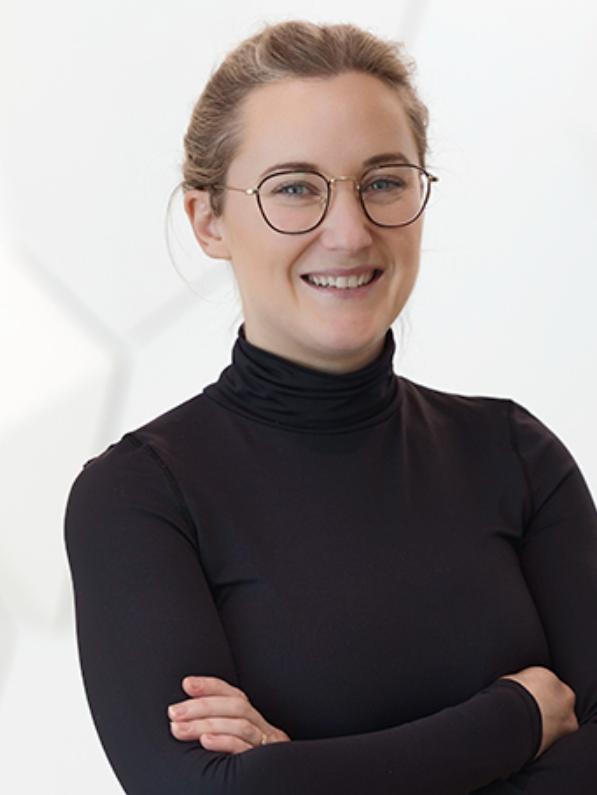
Dr Niamh Troy, postdoctoral researcher, Wal-yan Respiratory Research Centre, Telethon Kids Institute
Dr Niamh Troy, 33, is trying to unlock the innate immune system to better understand how health conditions, such as asthma, develop.
Earlier this year Dr Troy, then a PhD student, made a world-first discovery into how an immune-boosting medication, known as OM-85, could protect babies from severe lung infections and potentially prevent them from developing asthma later in life.
In 2021, she was named joint winner of the WA Premier’s Student Scientist of the Year award.
More Coverage
Originally published as Australia’s top young health, medical researchers revealed




